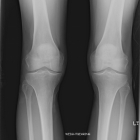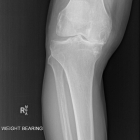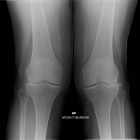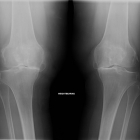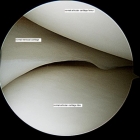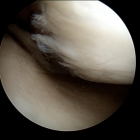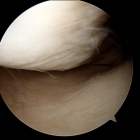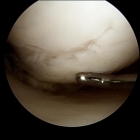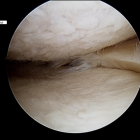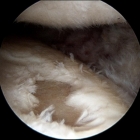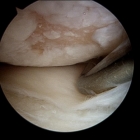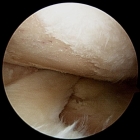Arthritis is a condition which affects joints. The joints of the body have very smooth surfaces that allow easy, pain free movement.
The knee joint is composed of the top of the tibia (shin bone) and the bottom of the femur (thigh bone). The patella (kneecap) is also an integral part of the knee joint. Where these three bones contact each other there is a layer of very smooth articular cartilage lining.
Arthritis of the knee occurs when the smooth articular cartilage lining is damaged and worn away. Eventually the wearing away of the articular cartilage lining exposes the underlying bone.
This results in pain and stiffness in the knee.
Causes
The most common cause of knee arthritis is hereditary (passed on in families), but there are many other causes for example, after earlier trauma (previous meniscal cartilage injury or fractures).
Treatment
There are a range of treatments for knee arthritis. These include:
- Simple measures (walking sticks, braces etc.)
- Weight loss
- Medication
- Joint injections
- Surgery
Usually arthritis can be treated with non operative treatment initially. If symptoms especially pain cannot be managed with other measures then surgery may be helpful.
Surgical procedures for Arthritis of the Knee
The options for surgery of the arthritic knee include:
- Arthroscopy
- Knee Replacement
- Osteotomy
Arthroscopy is not generally helpful for arthritis of the knee. An arthroscopy can be performed on an arthritic knee however, to treat other conditions such as meniscal cartilage tears and on occasion, if there are large loose flaps of the articular cartilage lining.
Knee replacement is performed for knee arthritis that does not respond to less invasive measures and usually gives good results.
Osteotomy is a procedure that is rarely used these days. It still has a place however in some young patients with arthritis of the knee.
More information on arthroscopy and knee replacement can be found in the procedures area of this website.

